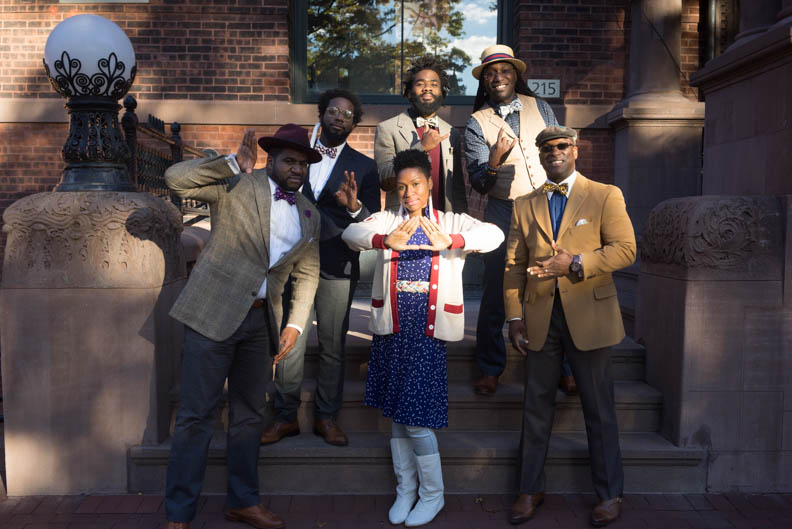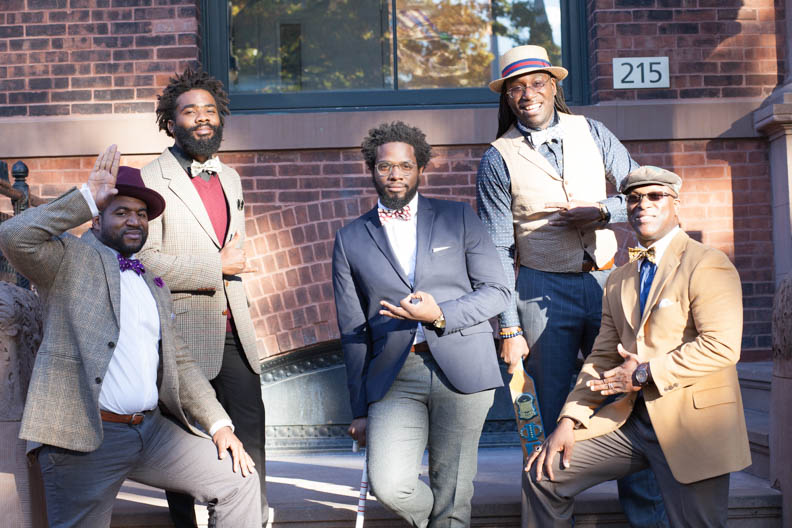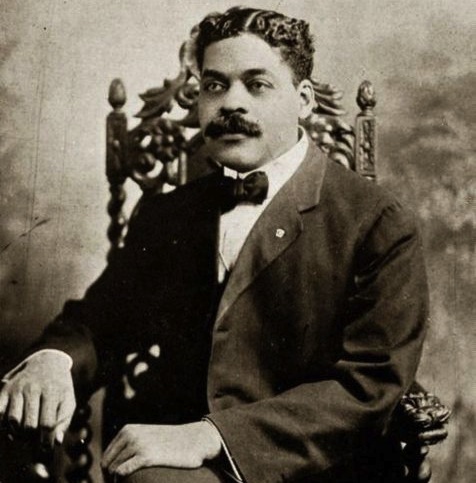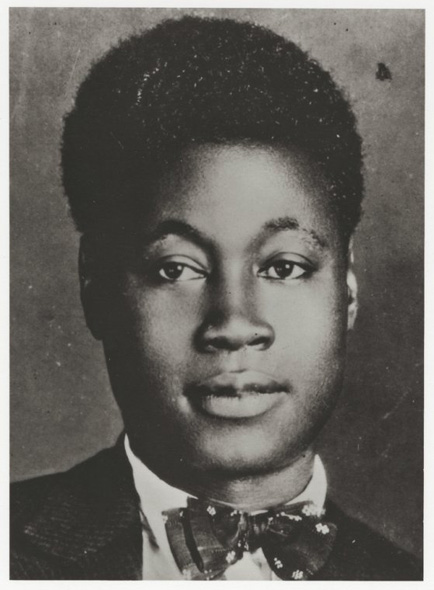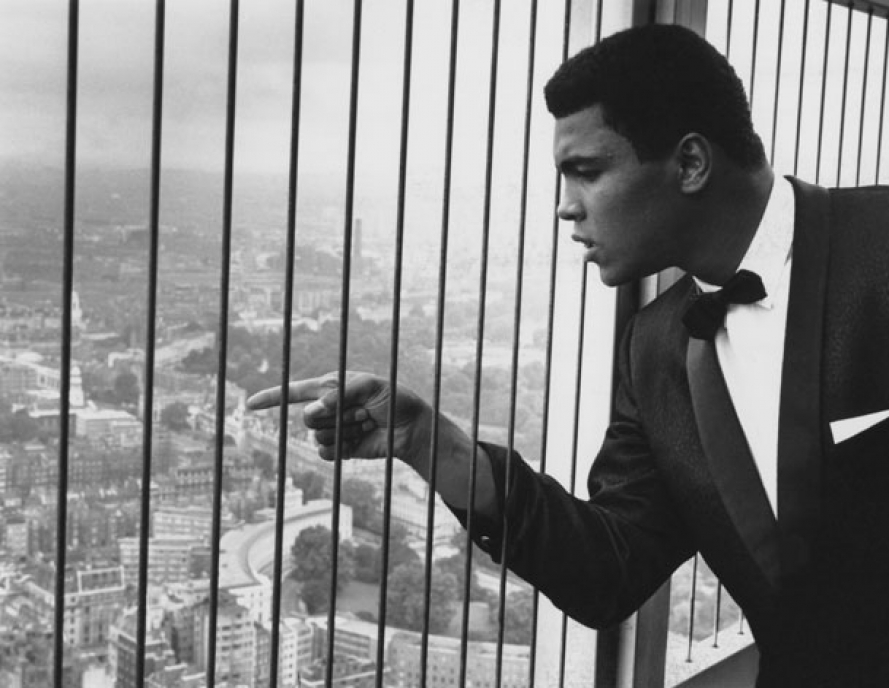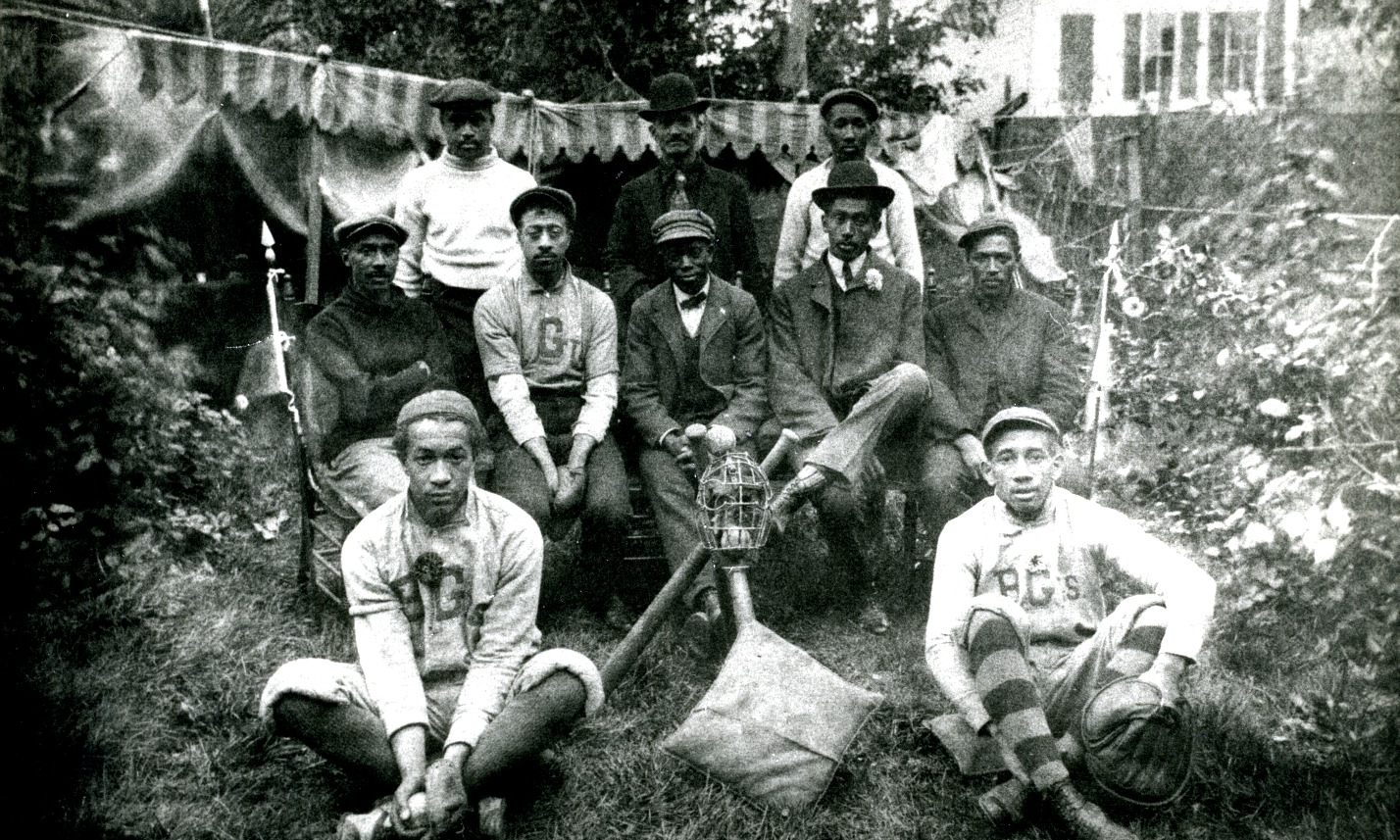The Renaissance collection, our inaugural set of ties, is a nod to the Harlem Renaissance Movement of the 20th Century. Each tie is named for its most influential archetypes. The Arturo was inspired by Afro-Puerto Rican scholar, historian, archivist, poet, writer and activist Arturo Schomburg. Although he is oftentimes mislabeled as an African-American, Schomburg was in fact a proud Afro-Latino, born and raised in Puerto Rico, who devoted his life to uncovering the rich and hidden history of people of African descent around the Diaspora. In addition to founding organizations whose sole mission was to unlock the history of African peoples, he also was a prolific writer. In 1925, he published the essay “The Negro digs up his past” which is said to have inspired a 17-year old John Henrik Clarke so much that he packed up his belongings and migrated to Harlem. “The Negro digs up his past” was one of the pieces that Alain Locke included in his 1925 New Negro. Over the course of his life, he amassed a collection of thousands of articles, documents, images, manuscripts, pieces of art, and slave narratives. With a $10,000 grant, The New York Public Library purchased his collection which became the foundation of is Division of Negro History at its Harlem Branch on 135th. Today, that collection is now the Schomburg Research Center for Black Culture. To date, it’s the world largest archive on people of African descent. As a Black man, an Afro-Latino, we have Schomburg to thank for much of what we know about African Diasporan history and culture.
Sidebar: This colors of The Arturo’s fabric reminded us of the colors of the Puerto Rican flag. Vive Puerto Rico!
